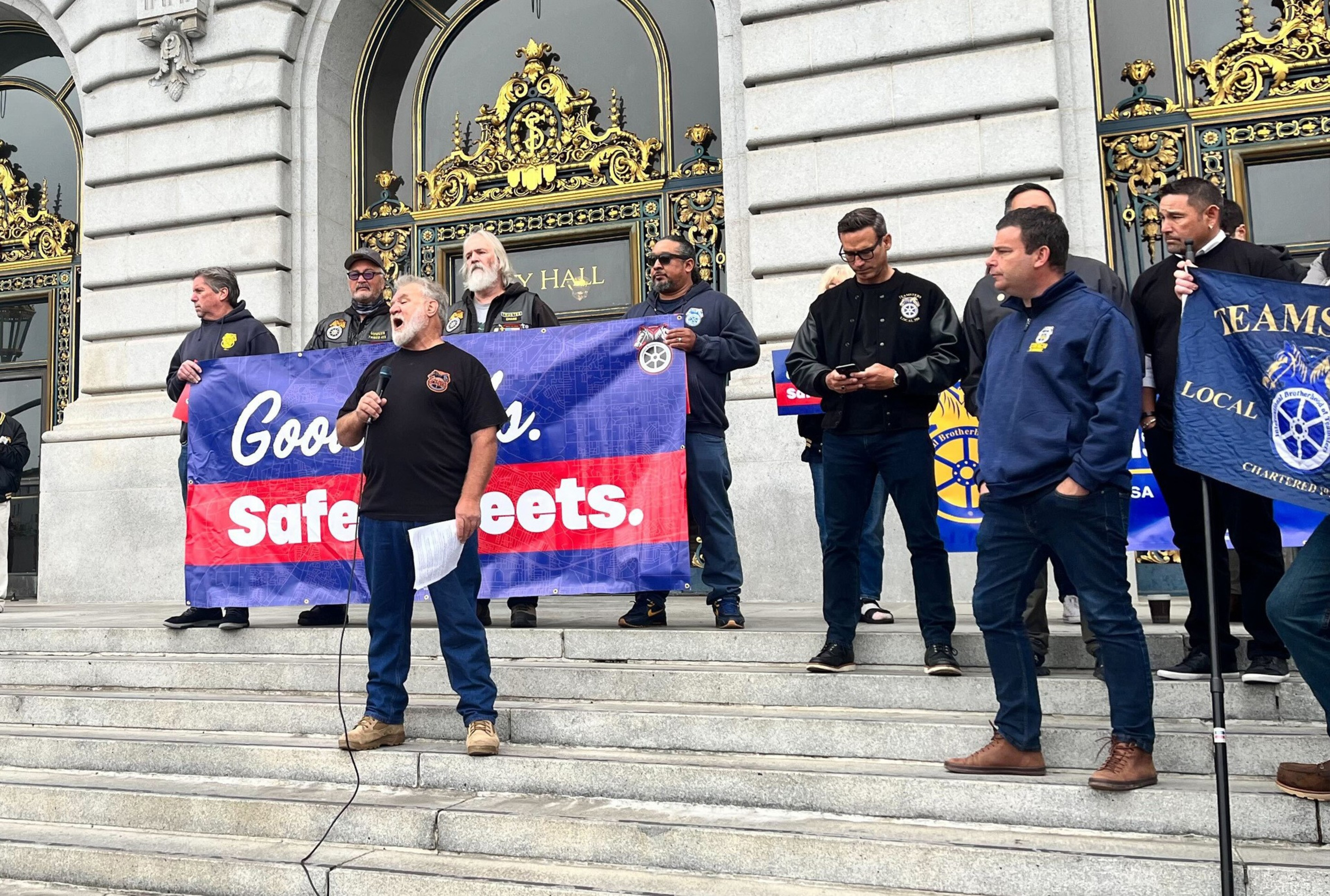After the California Department of Motor Vehicles abruptly suspended driverless Cruise vehicles from operating on San Francisco streets, city officials—many of whom had spoken out against the company’s expansion—celebrated the move Tuesday.
“Thanks to the DMV for putting safety first,” said Supervisor Rafael Mandelman at a meeting of the county’s transportation authority.
The body received an update about autonomous vehicles at its Tuesday meeting, which included a presentation noting an increasing number of reported incidents (opens in new tab) involving robotaxis between January and August of this year. A majority of those reports involved Cruise vehicles.
“Ultimately, you know, safety is the most important,” Mayor London Breed said at a Tuesday press conference about the upcoming Asia-Pacific Economic Cooperation (APEC) summit in November.
Breed tempered her remarks by saying that she’s “really excited” about the potential of driverless technology but emphasized caution in not “[oversaturating] our streets when we’re not necessarily ready.”
“My hope is that, as a result of this, they can spend some time working on improving their safety measures because we want to welcome this technology, but we want to do so responsibly and safely,” Breed said.
Allegations of Hidden Video
In a statement Tuesday, the DMV said it had suspended Cruise’s deployment and driverless testing permits and cited four California codes related to vehicle regulations and safety practices. Among other rules, the agency said that Cruise violated a code prohibiting the misrepresentation of information related to driverless technology.
The DMV later said that Cruise didn’t show regulators complete footage of an Oct. 2 incident in which a robotaxi dragged a woman after she was struck by a human driver. In that incident, the woman was thrown into the path of the Cruise vehicle near Fifth and Market streets. Cruise disputes that it hid footage or information from the DMV.

San Francisco officials, namely the fire department and other first responders, have vociferously opposed the expansion of robotaxis this year, pointing to incidents in which the vehicles interfered with emergency responses.
On Aug. 10, the California Public Utilities Commission voted to allow Cruise and Waymo to operate across the city 24/7 and charge passengers for rides. City Attorney David Chiu later filed a motion to pause the rollout (opens in new tab).
On Aug. 18, at the DMV’s request, Cruise agreed to cut its San Francisco fleet in half following an incident in which a Cruise driverless vehicle and a fire truck collided. The agency opened an investigation into the incident.
Earlier this month, federal regulators opened a probe into Cruise after receiving reports that its driverless vehicles may not have exercised proper caution around pedestrians in roadways.
‘Better Late Than Never’
Adam Wood, secretary-treasurer at San Francisco Fire Fighters Local 798, a union representing city firefighters, said the forced halving of Cruise’s fleet in September was a sign the DMV had concerns about the driverless car company.

“I guess this indicates that they remained concerned and haven’t seen the fixes they needed to see,” Wood said, adding that Local 798 is relieved at the news.
“Better late than never,” said Board of Supervisors President Aaron Peskin about the Cruise suspension. “San Francisco has long held that Cruise vehicles were not ready for prime time, and the state should never have allowed their unlimited deployment in the first place.”
In a statement, Chiu wrote that the DMV’s suspension of Cruise permits “vindicates the significant public safety concerns raised by the City.”
“While we support the promise of this technology to improve transportation, we urge the CPUC to come up with a sensible, measured plan for the future based on safety and performance metrics,” Chiu said.
Roughly 90 minutes before the DMV’s announcement, teamsters staged an anti-Cruise protest at the company’s San Francisco headquarters. The protest, which primarily focused on safety and labor concerns, had Supervisors Shamann Walton and Connie Chan in attendance. Walton led the crowd in a chant of “Cruise will lose!”
Chan, who represents the Richmond, described the neighborhood as “the testing ground” for robotaxis.
“We’re here, we’re making noise, but most importantly, we’re here to remind our governor where he comes from because he forgot where he came from,” Chan said.
Chan was likely taking Newsom to task for vetoing Assembly Bill 316, a bill that would have required driverless trucks to have human operators. In his veto, Newsom stated that existing law is “sufficient” for regulating these vehicles.
